Live Essentials: Flight Facilities
Hugo Gruzman, one half of the Australian duo, talks us through their live essentials.
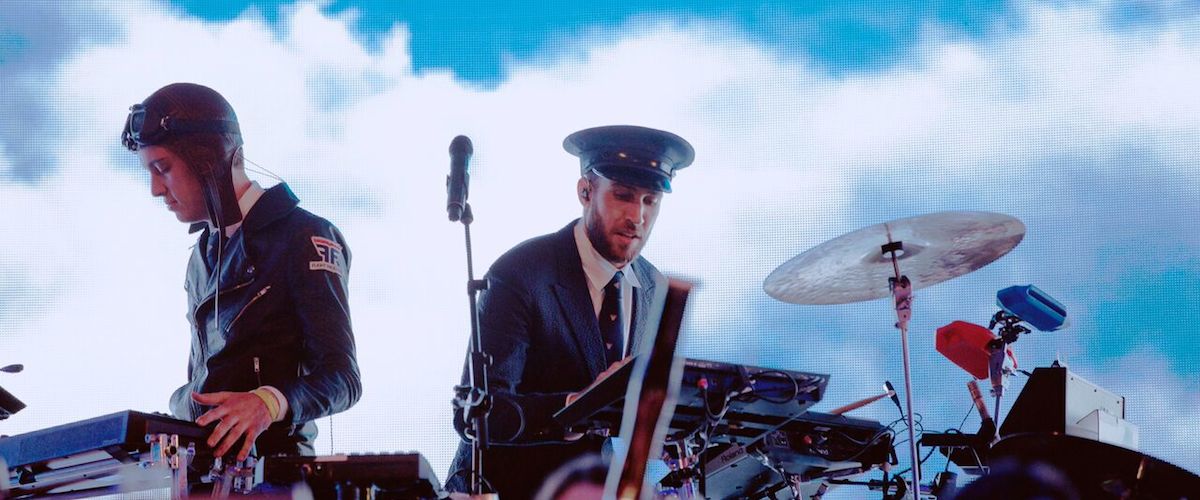
Live Essentials: Flight Facilities
Hugo Gruzman, one half of the Australian duo, talks us through their live essentials.

When Hugo Gruzman and James Lyell joined forces as Flight Facilities back in 2009, they unwittingly launched a project that would quickly grow to become one of Australia’s most well-received electronic exports. Blending the accessibility and lightheartedness of pop with the futurism of machine music, the duo’s creative spark has been a welcome hit on the international stage.
Inspired by the likes of Tiga and Erol Alkan, the pair had actually started off by treading a more traditionally dance-oriented course; in fact, Gruzman had “pictured that they would be some sort of underground DJs forever.” It was only down to their first single, “Crave You”—a painfully catchy, feel-good slice of pop featuring vocals by Giselle—that they ended up treading a different path in the years following. Fast forward to present and they’ve racked up a total of two albums (including the recent live recording with The Melbourne Symphony Orchestra) as well as a wealth of singles. During the interim period, they’ve worked with everyone from Kylie Minogue to Reggie Watts, and provided a bunch of remixes for the likes of Foals, Cut Copy and Bag Raiders.
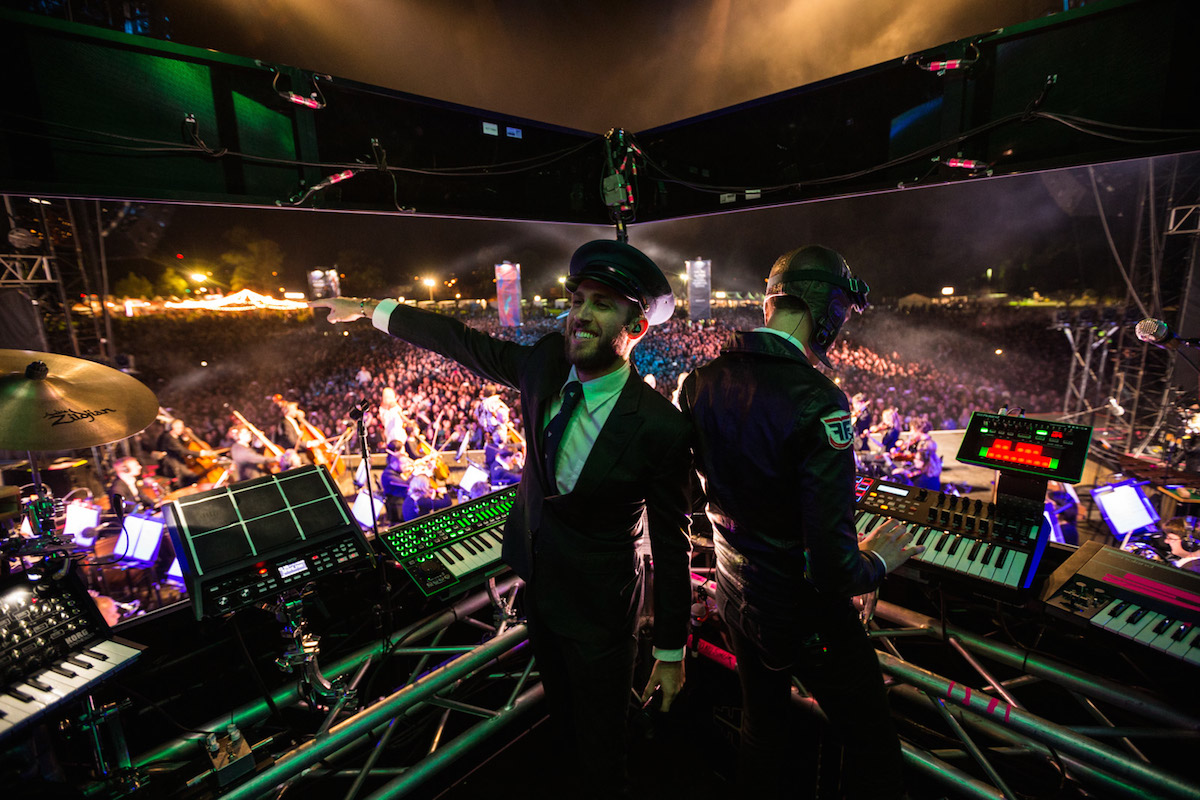
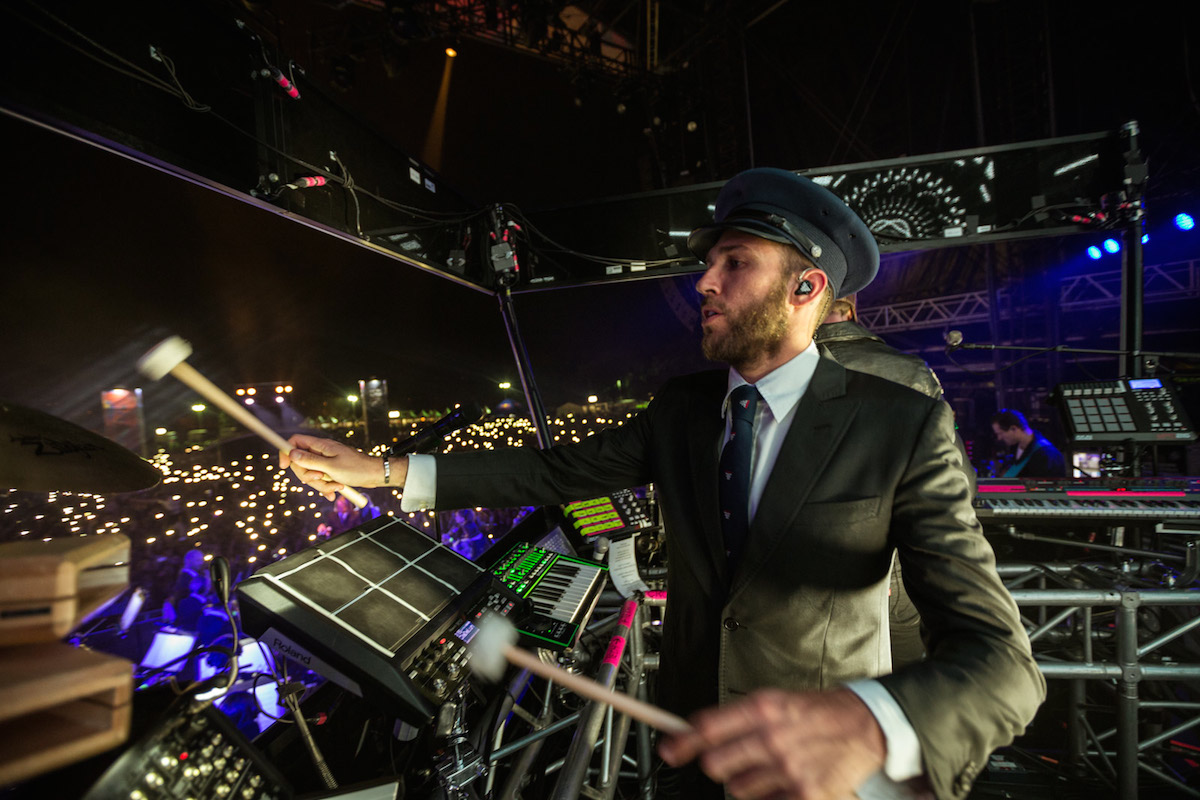
Naturally, over the course of their time together, their processes and techniques have undergone substantial alterations and updates. Moving away from performances limited to just CDJ spinning (with live guest vocalists sporadically tagging in and out), you’ll mostly catch them working a live setup today, which often even stretches to include orchestras. In conversation with us, Gruzman speaks of the slow introduction of different pieces of gear: first an AKAI MPC, then the Ableton Launchpad, before eventually arriving at the colorful, machine-heavy setup that they have been touring with of late.
At the time of this article going live, Gruzman and Lyell are gearing up for their North American Equinox Tour: a trip that will take them from Austin to San Francisco, via LA, San Diego, Miami, New York, and plenty more stops along the way. On behalf of the pair, Gruzman has given the lowdown on all the gear that they need to put on their live show.
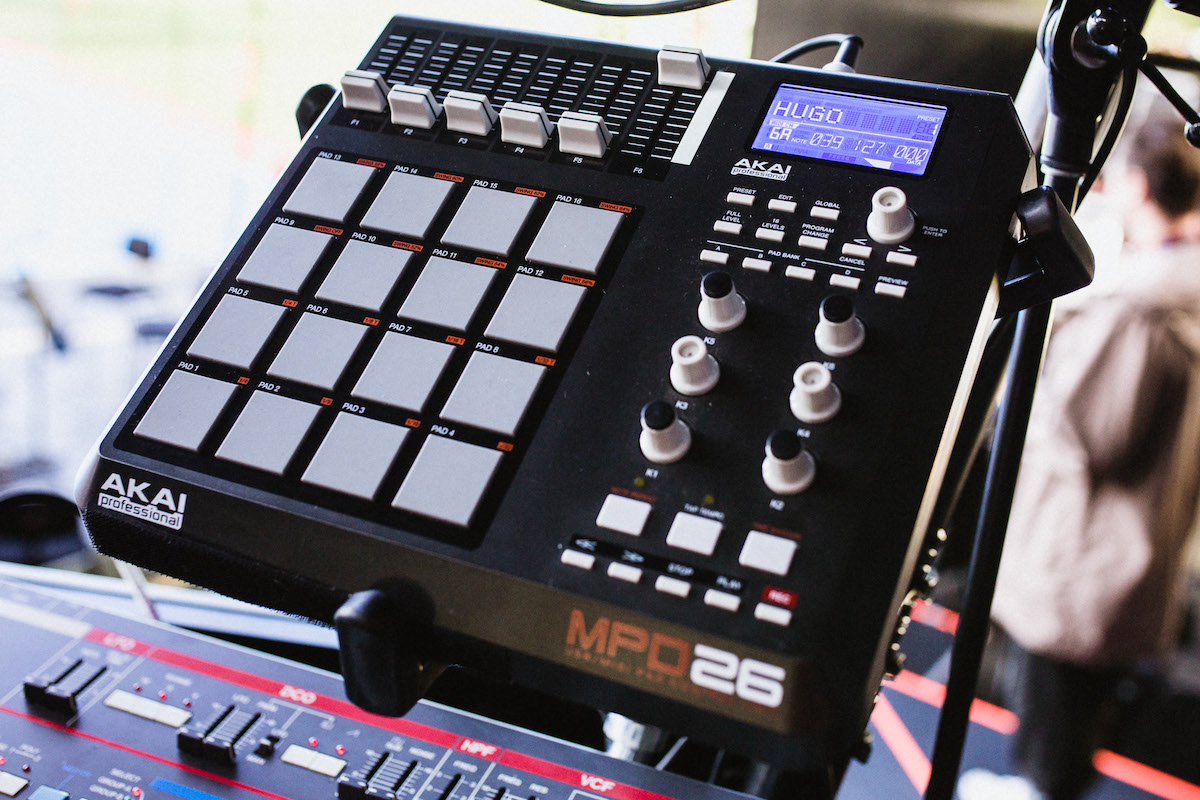
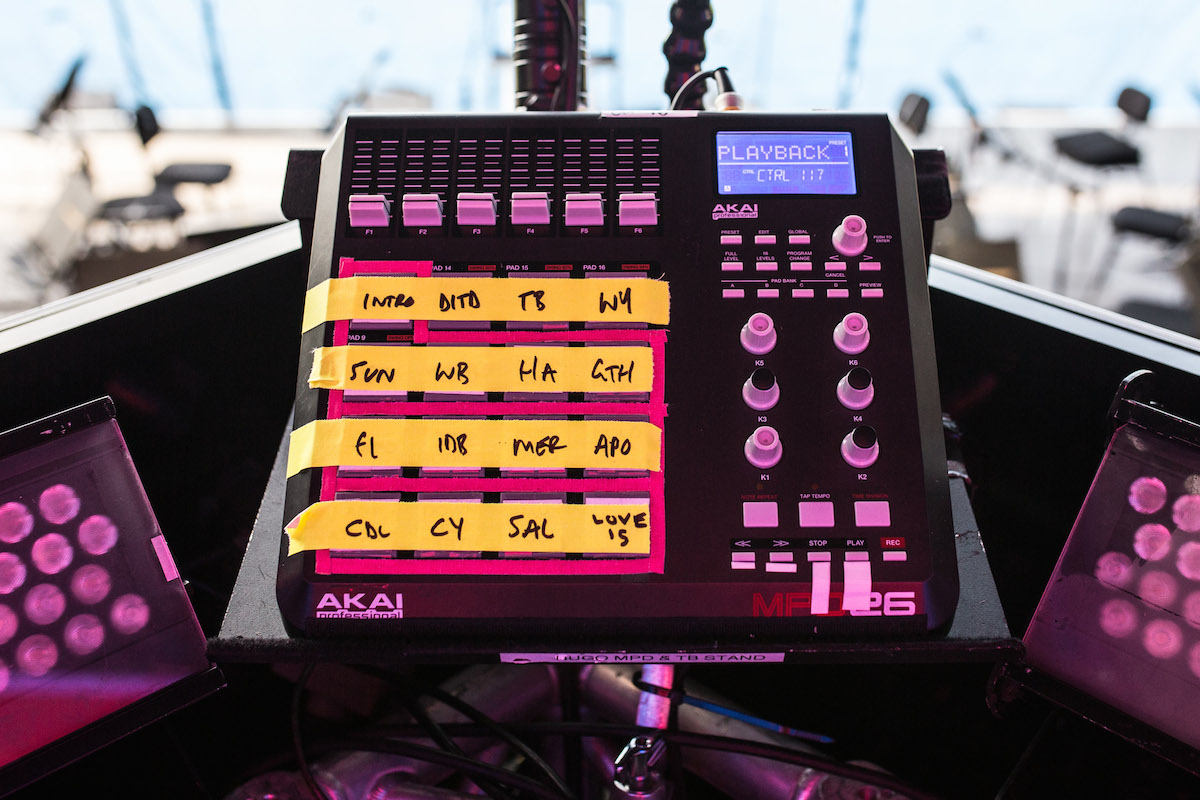
I use this piece of equipment to trigger sounds, samples and pretty much anything that we pre-load into it through Ableton Live. I really like the MPD-26 because it is really tactile and stays true to the whole pushing buttons as a DJ. I use it during “Hold Me Down,” triggering the bells and chimes, as well as “Sunshine” for those coconut-like sounds. A lot comes out of this little machine, keeping me working throughout the set.
We then also use a second MPD-26 to trigger the start of all songs throughout the set, speaking to our Ableton Live system to keep backing vocals, sounds or samples we can’t play live in time.
Roland Juno 106
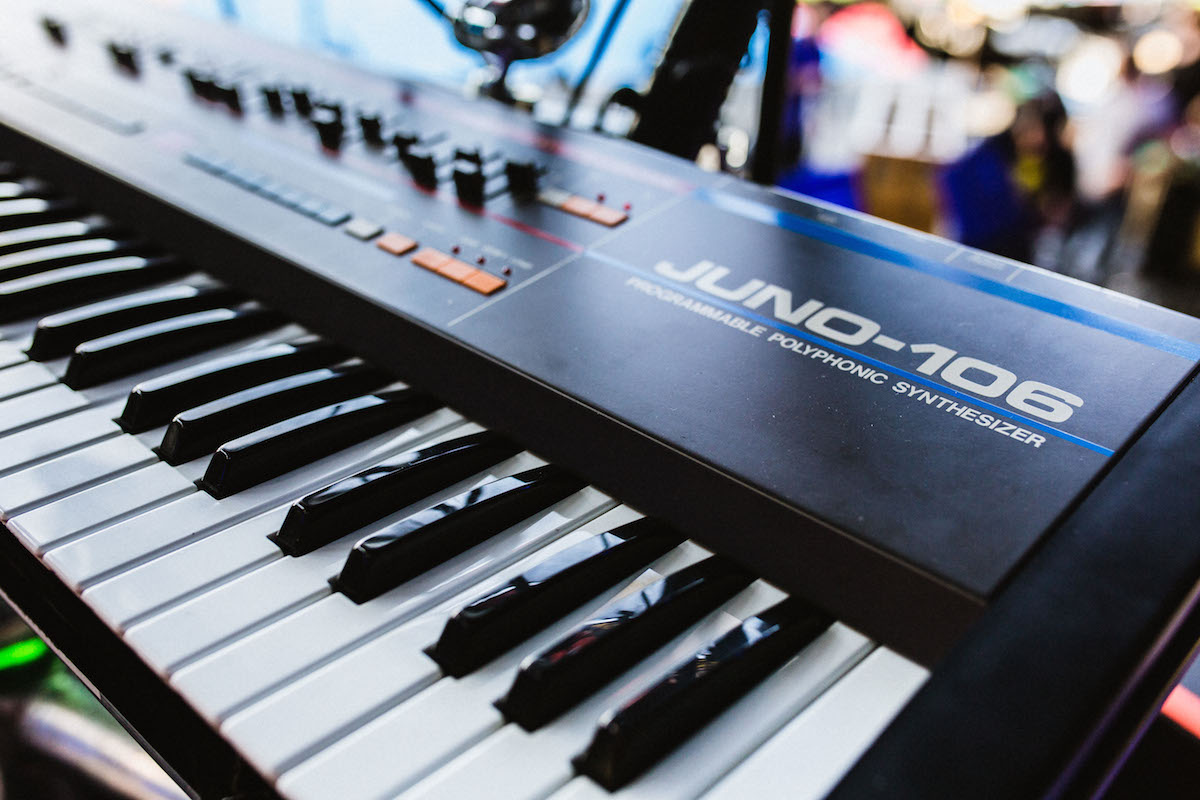
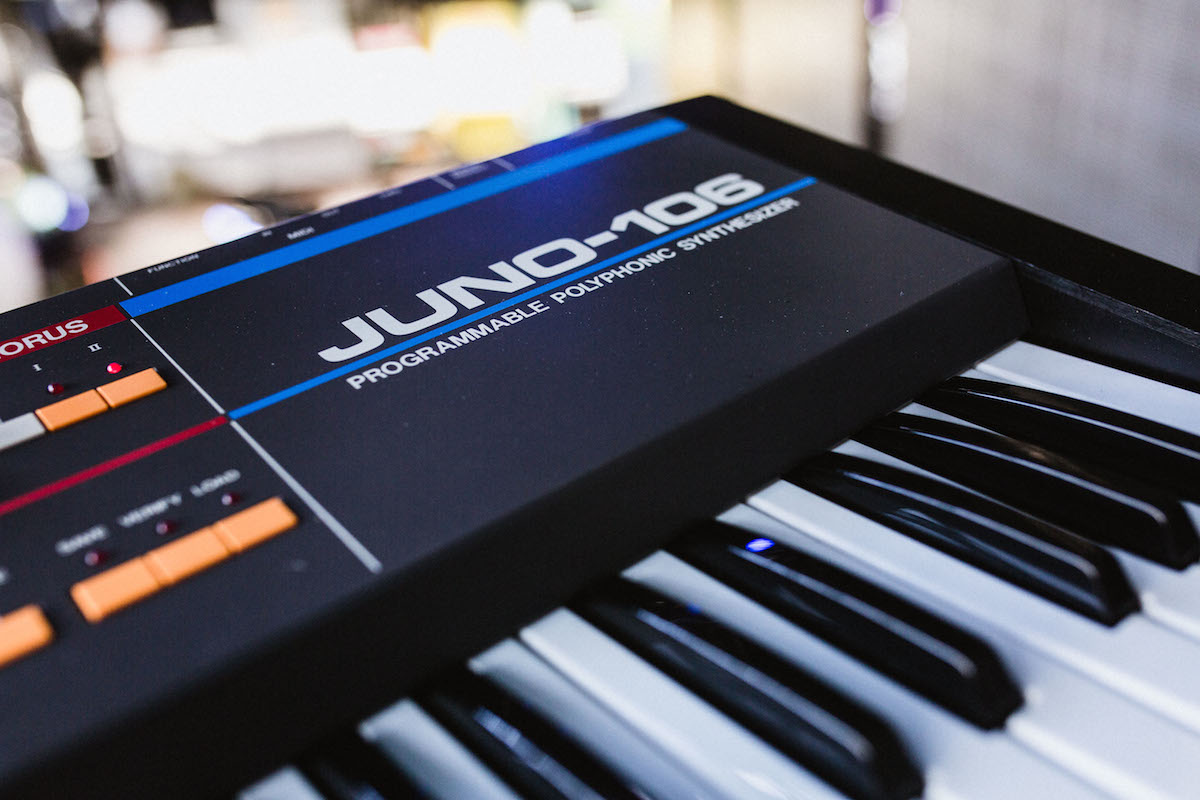
This keyboard was a last-minute addition to our Sydney FFxSSO orchestra show, allowing me to add some warm, mid-synth layers and paddings under tracks like “Two Bodies,” “Shine A Light” and “I Didn’t Believe.” Since purchasing the Juno 106, we have started using it a lot more in our writing process, because is provides such a reliable, classic synth sound.
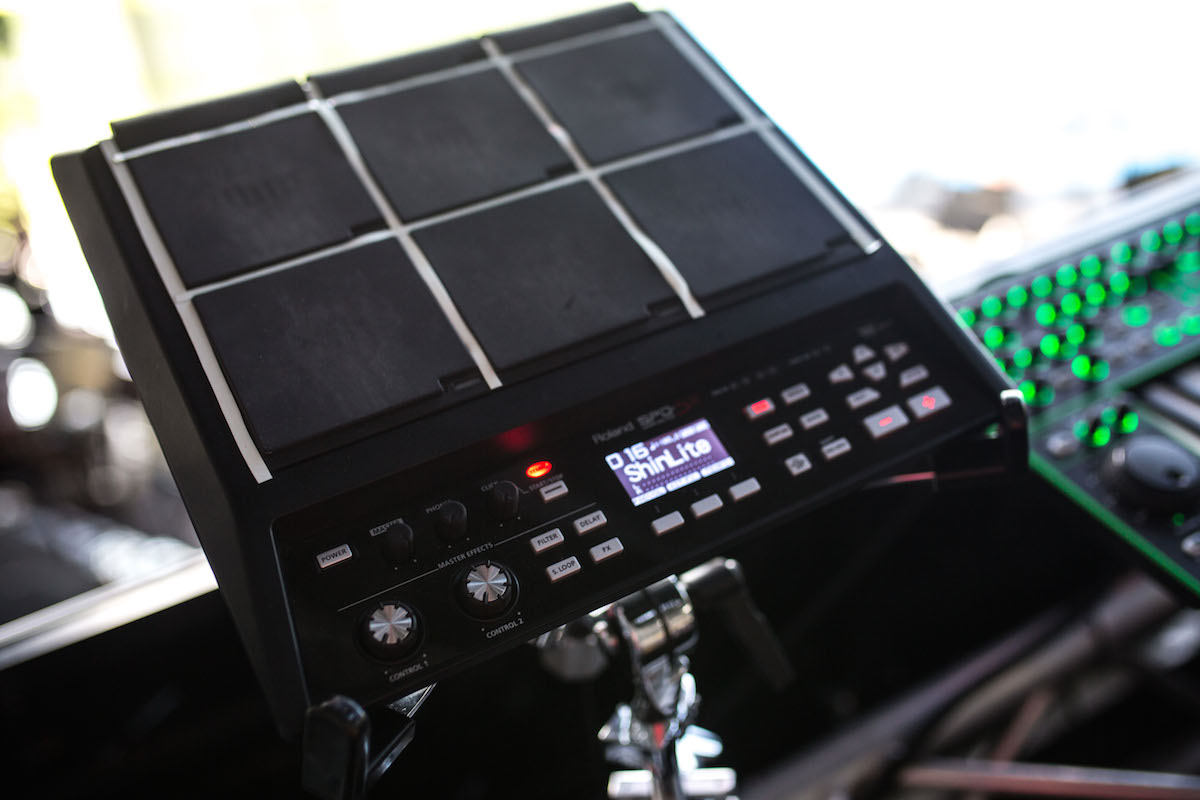
Jimmy uses this triggered sampling pad with drumsticks throughout the show to bring in all sorts of sounds, whether it is drum parts, more bells (never enough bells) or vocal samples. The Roland SPD-SX gives the show a lot of rhythmic melodies that add certain bounce to songs like “Stand Still,” “Heart Attack” and “Two Bodies,” but is most obvious in “Crave You” when he plays the toms.
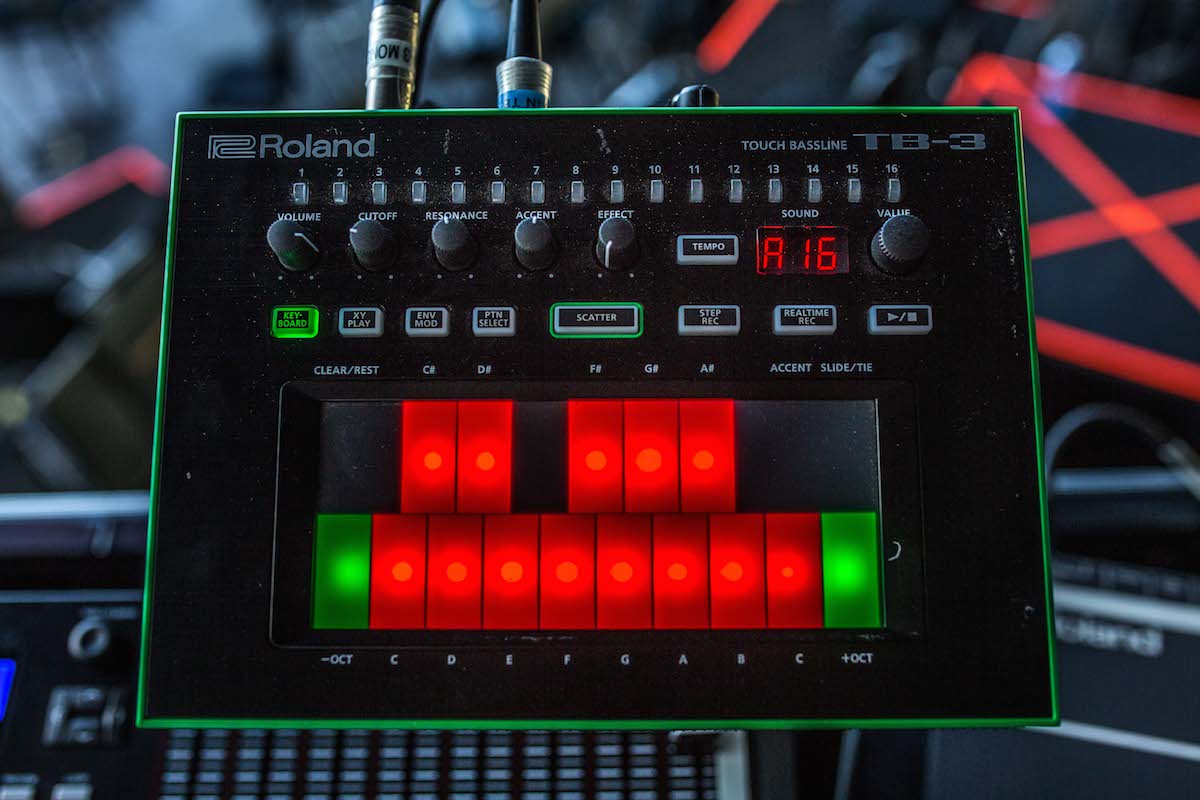
Another instrument on my side of the booth, the Roland TB-3 is good for big basslines, top-lines, atmospherics and straight-up 303 acid-lines. You can get so much out of this little toy! Again, it picks up MIDI sequences from our show computer as well, for lines that are too quick for us to play during the set. Depending on the show setlist, we generally use the Roland TB-3 during “Heart Attack,” in-between “Crave You” and “Clair de Lune,” and in ‘With You’ for a synth arpeggiation.
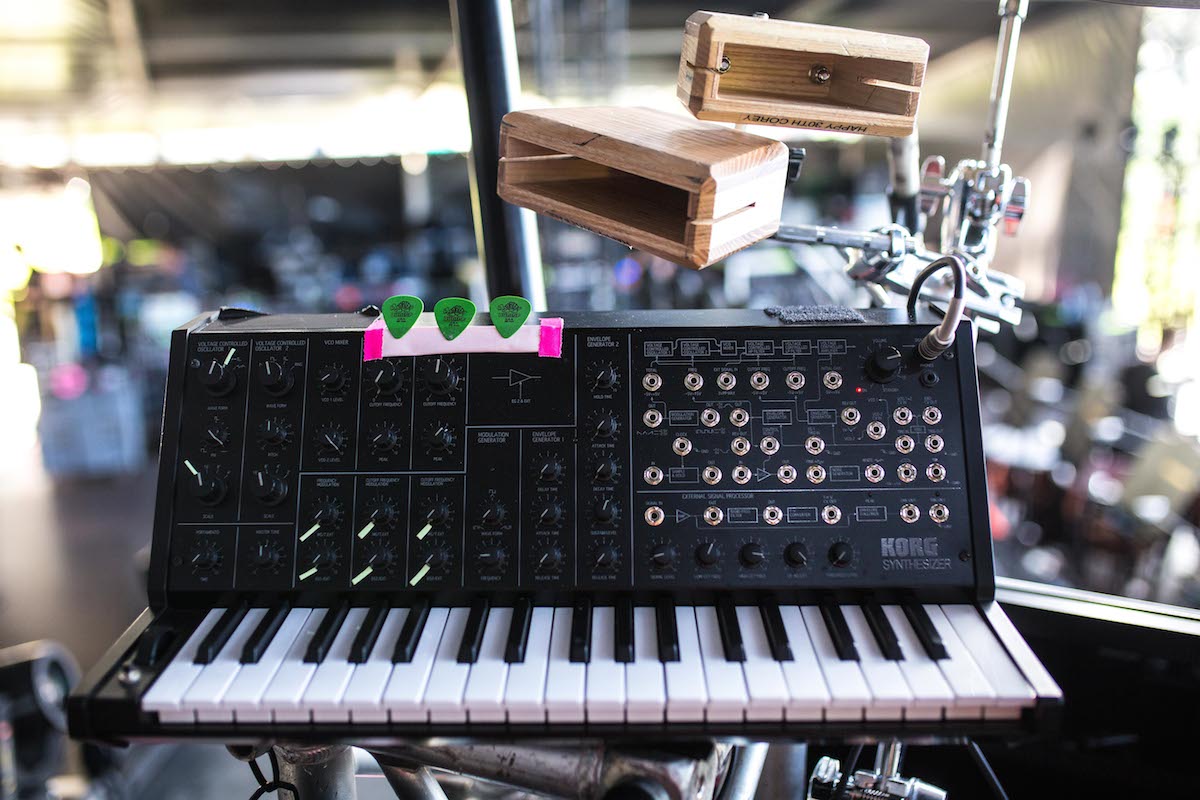
This is mainly for atmospheric sounds but does run a couple of arpeggiations similar to the Roland TB-3. Jimmy uses this during “Clair de Lune,” “Foreign Language,” “Down To Earth” and “Apollo.”
Also in the shot above are two cowbells that were added simply as a novelty—it never hurts to have the optional cowbell! We think of it as our tribute the Bruce Dickinson.
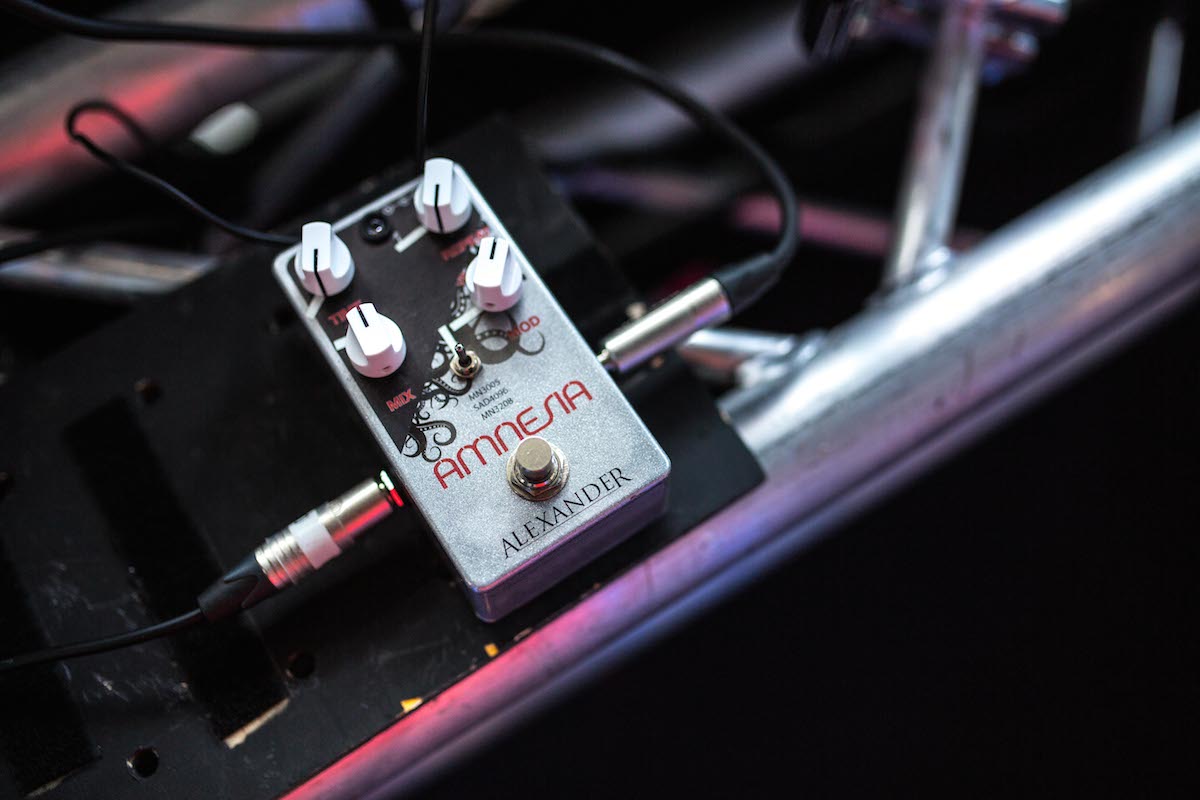
This is an analog delay pedal used in conjunction with the Korg MS-20 for a lot of arpeggiations and atmospheric effects. It’s a great sounding unit that can produce traditional delays as well as murky, distorted, and chorusing tones.
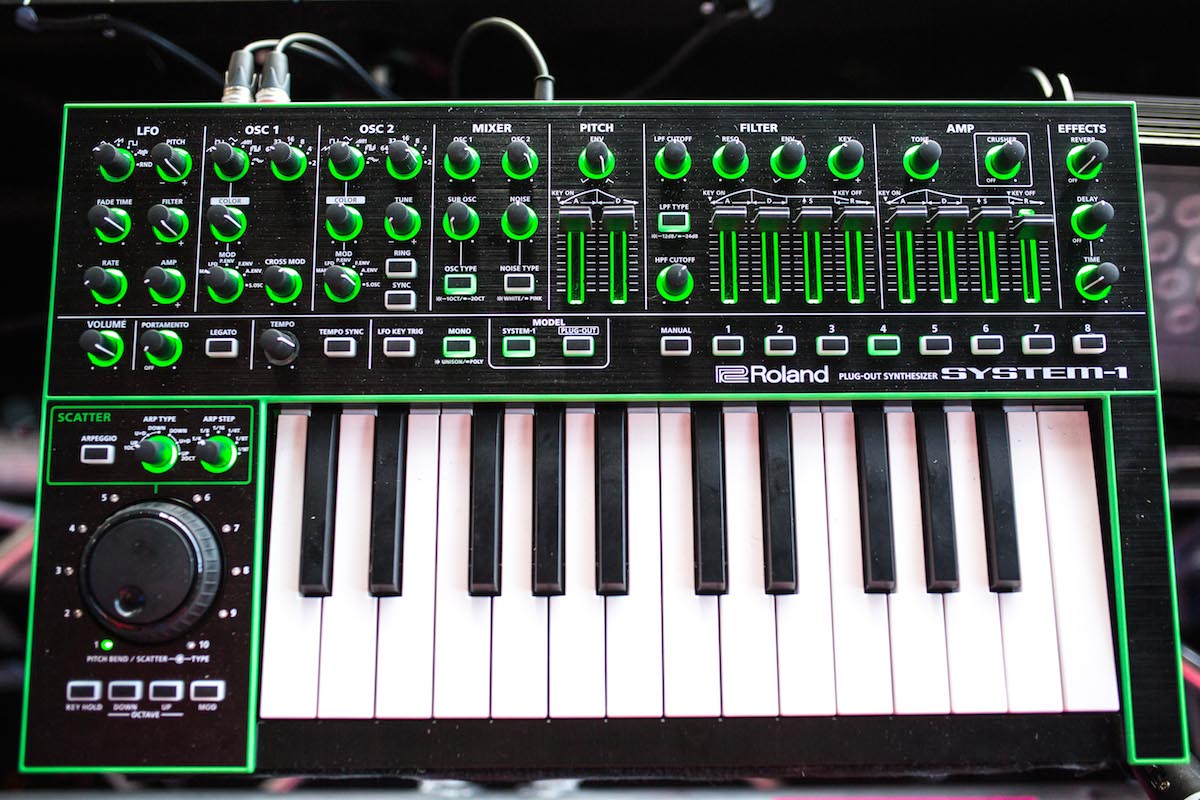
This is an awesome bass synth that Jimmy uses, adding those warm basslines in songs like “With You,” “Heart Attack” and “Apollo.”
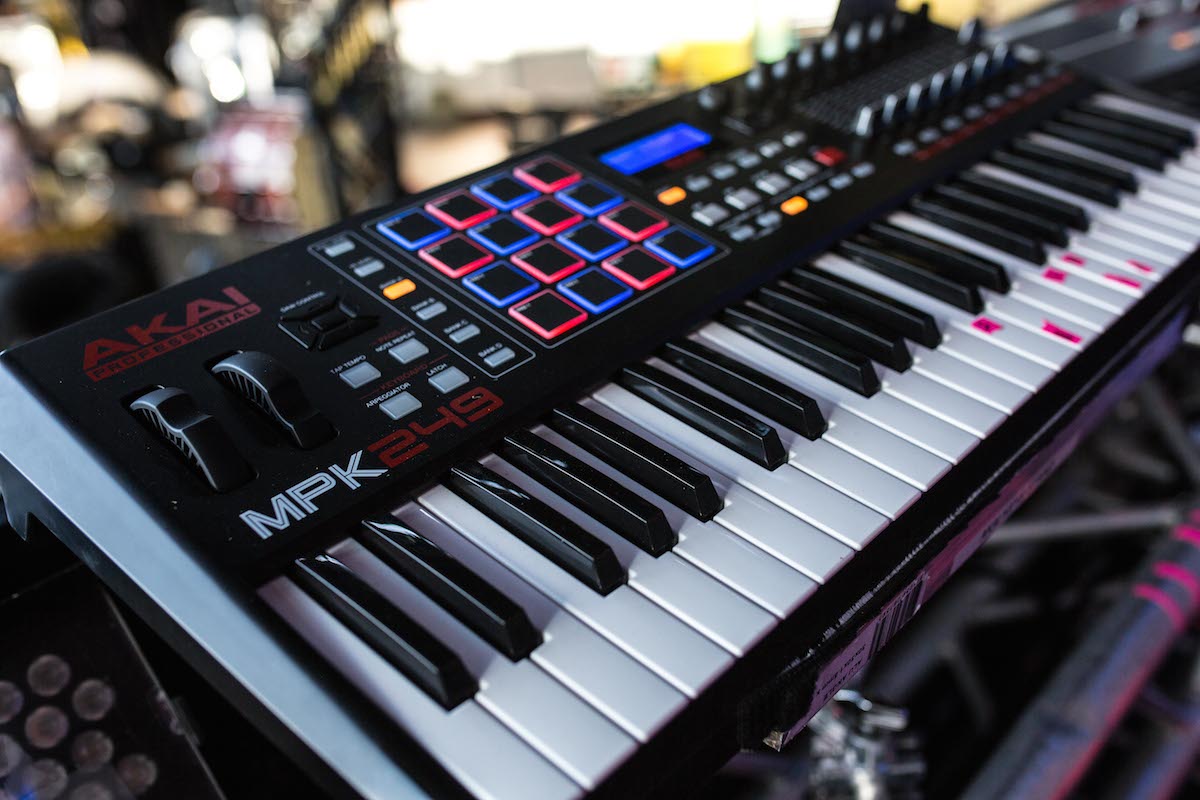
This is an all-in-one MIDI keyboard controller for any soft synth sounds you may desire. Pretty much any sounds you can make on a computer using Ableton—be it organs, pianos, synths and more—can be emulated via this keyboard. On stage, I use this keyboard during “Sunshine,” “Shine a Light” and in “Two Bodies,” where I take over the basslines from Jimmy on this keyboards.
Hugo’s Mic
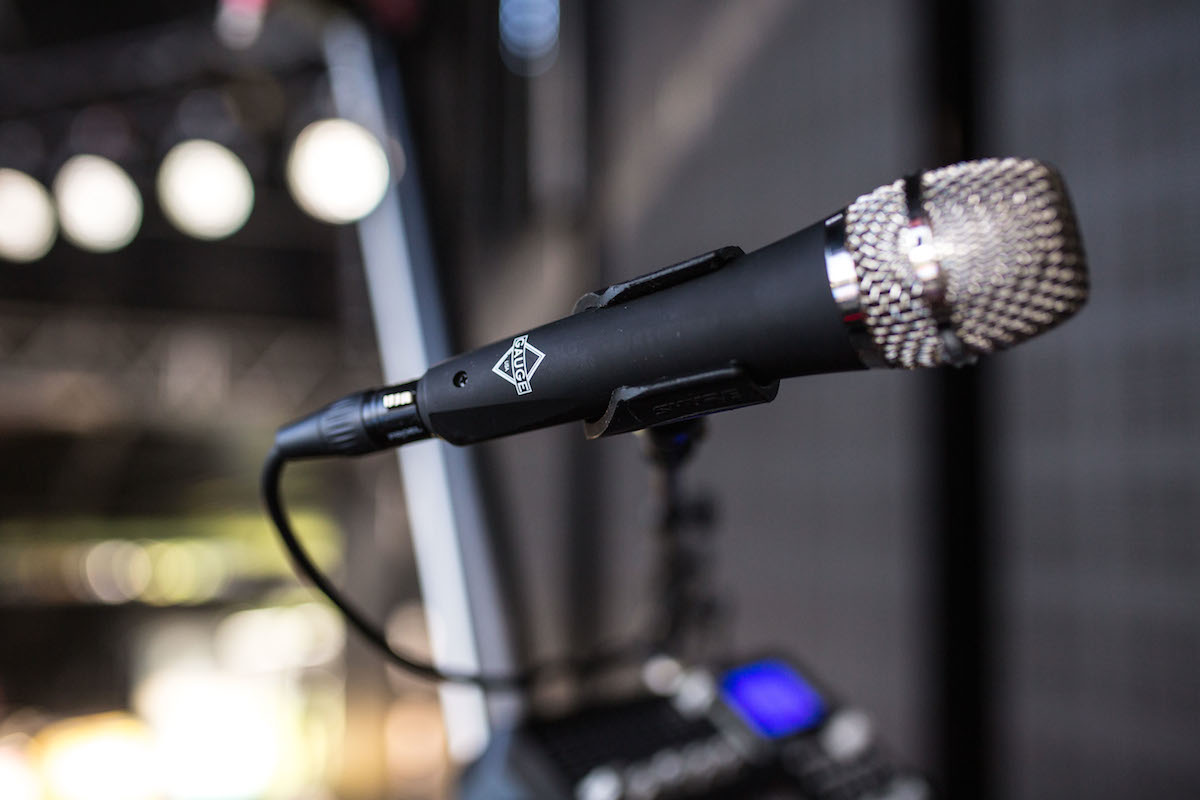
This microphone feeds into the Ableton Live project system, pushing my voice through an audio channel that allows for vocoding; an audio processor that pretty much synthesizes my voice. Think classic Daft Punk vocals. I only use this effect during “I Didn’t Believe,” “Foreign Language” and “Shine A Light,” so it’s a nice sporadic addition to the set. It also makes for a lot of fun during rehearsals and soundcheck
Rhythm Guitar
Jimmy’s late ’80s Fender Stratocaster runs through a guitar rig in the synthesizer computer, allowing us to control program changes for different songs. Jimmy plays this guitar in “Sunshine,” “Hold Me Down,” and “Foreign Language.”
THE BRAINS OF THE SHOW
Playback
We use two Motu UltraLite-mk3 with two MacBook Pros, both receiving song start triggers from stage. They run in unison, with audio going through an Orchid Electronics switcher. If the main system drops out, the audio switches to the redundant. A custom built MIDI switcher is linked to the audio switcher in order to ensure that the MIDI going to devices on stage is from the same computer as the audio in use at the time.
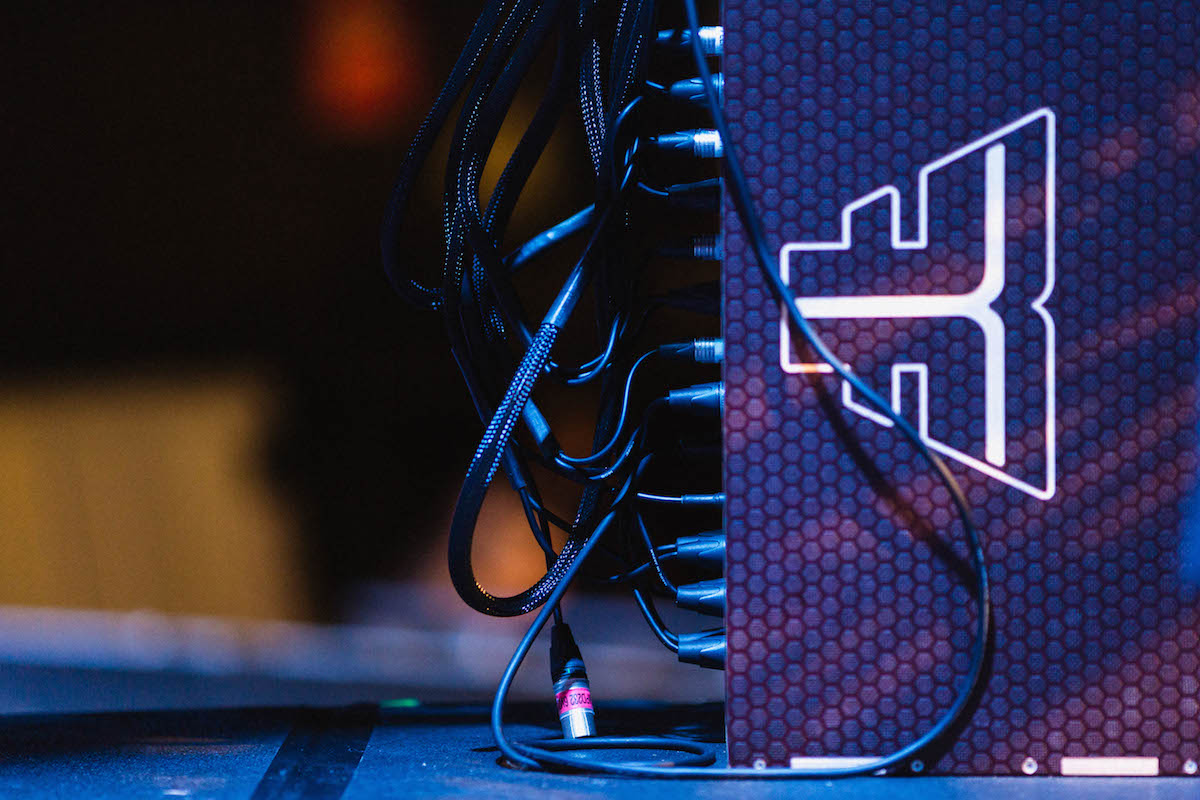
All devices on stage (as well as the synth computer) receive program change data from this master playback system. It also outputs LTC Timecode to the lighting console, which ensures that all lighting and video content is perfectly in sync with the show at all times.
Synth
A third Motu UltraLite-mk3 audio interface is used in conjunction with a third MacBook Pro to host soft synth plug-ins (Native Instruments Massive, FM8, Guitar Rig and built-in Ableton samplers). This runs Hugo’s sounds for MPD-26 sample pad, as well as all sounds played on the MPK249, the vocoder, and the guitar amp tones. This computer receives program change data from the playback system, which triggers chain selectors in Ableton and switches between synth sounds.
_______________________
You can catch Flight Facilities performing at San Diego’s CRSSD Festival, taking place October 1-2.
Bannerphoto by Sarah Bahbah. Equipment photos by Marcus Solomon. Live photos by Kanye Hibberd.

